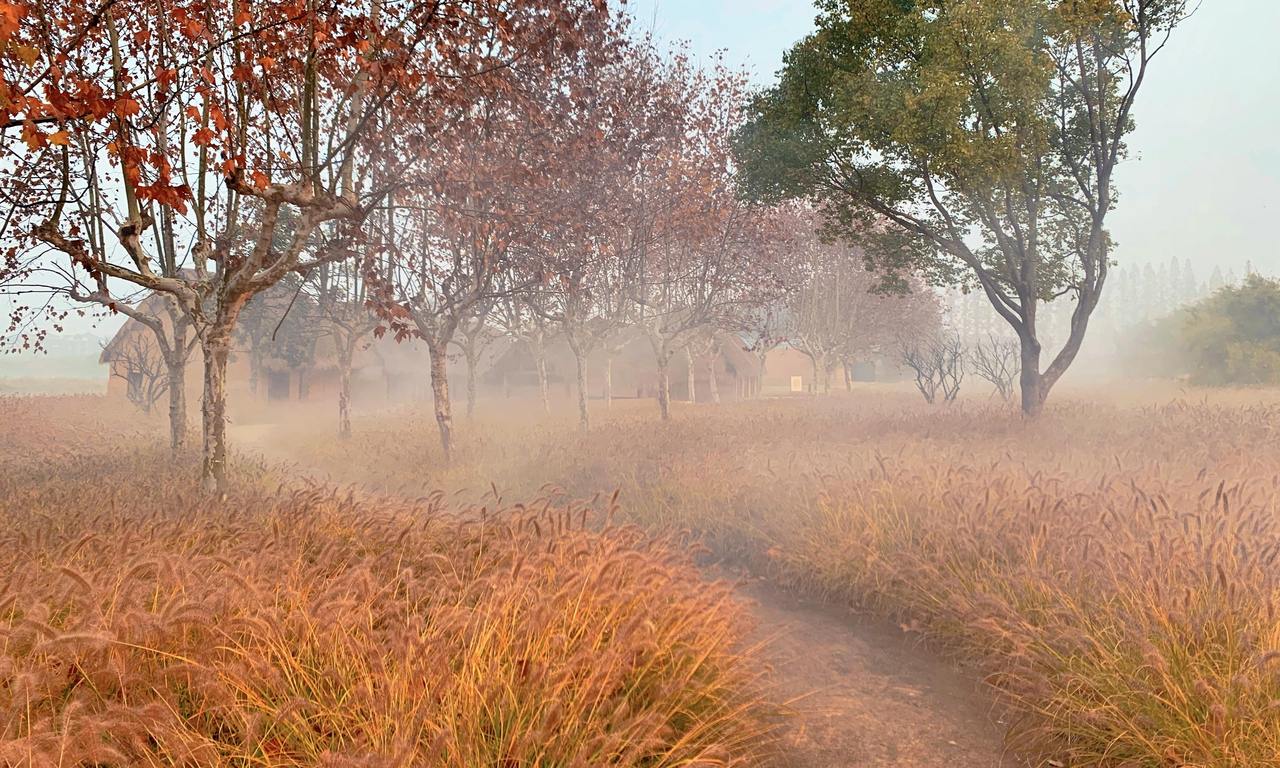
Northeast corner: N 30°24'48", E 120°00'17"
Northwest corner: N 30°24'41", E 119°58'58"
Southeast corner: N 30°23'20", E 120 00'19"
Southwest corner: N 30°22'55", E 119°58'28"
Liangzhu Archaeological Site is a comprehensive archaeological site representing the Chinese civilization of prehistoric rice agriculture between 3300 B.C. and 2300 B.C. Located in a plain of river network at the east foot of Tianmu Mountain north of the coastal hilly region in southeast China, it covers an area of 908.89 hectares in Yuhang District, Hangzhou of Zhejiang Province and consists of the archaeological site, unearthed cultural relics and an environment of wetland.
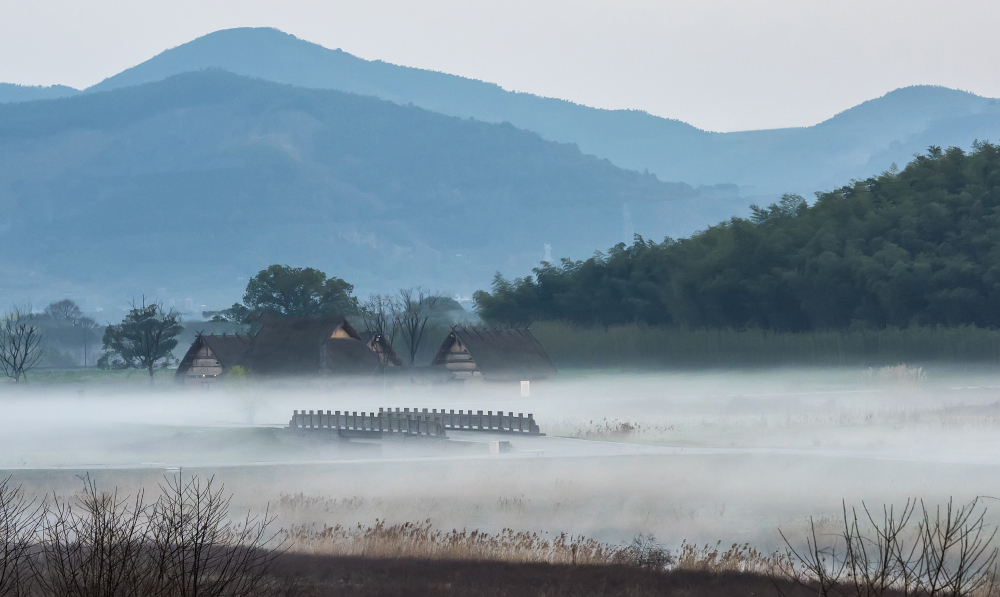
Meanwhile, the buffer zone covering 10,256.45 hectares around the nominated Liangzhu Site includes five heritage sites, namely Yaoshan, Tangshan, Xunshan, Huiguanshan and Yaojiadun which have potential supporting value to the property. It is one of the most important sites of the Neolithic Age in the lower reaches of the Yangtze River.
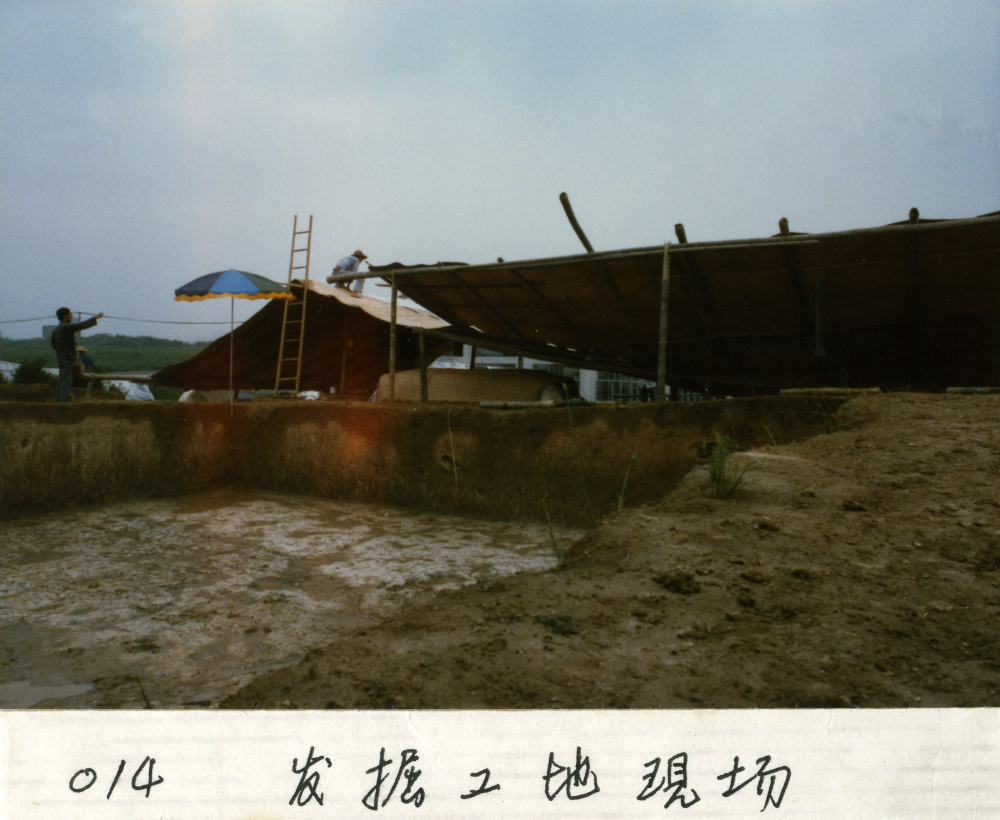
The Liangzhu Ancient City sits in a wetland environment in the plain of river network between Daxiong Mountain and Dazhe Mountain of the Tianmu Mountain Range. The Ancient City has a roughly rectangular plan with round corners, and is 1,500-1,700 meters wide from east to west and 1,800-1,900 meters long from north to south. Covering an area of 290 hectares, it was built nestling against Fengshan Hill and Zhishan Hill.

Six city gates have been found so far, two in the north city wall, two in the east and two in the south. All are waterway entrances linking to the water network both inside and outside the city. Inside the city there are Mojiao Hill and other high artificial earth mounds, and Fanshan Site where jade wares of the supreme level of Liangzhu Culture were excavated from tombs of the nobilities.
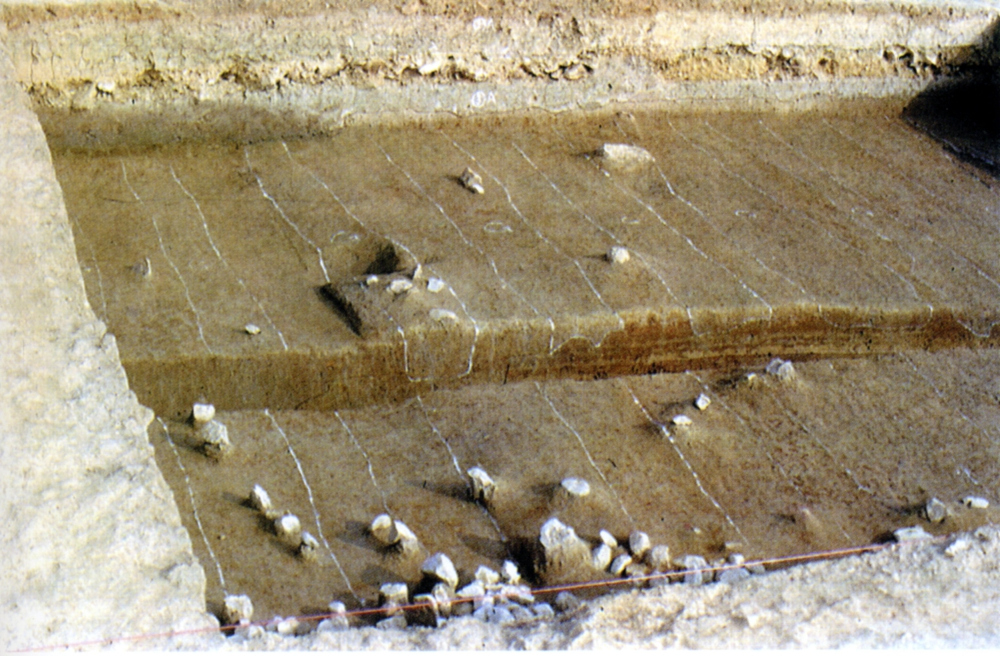
Outside of the city historic remains are found densely in an area about 700 hectares, and around the city there are accumulations of traces of life in the late period of Liangzhu Culture; important sites can be found on most of the terraces such as Wenjiashan, Bianjiashan and Meirendi which are 1-2 meters above the paddy fields.

Also excavated inside and outside the city are a large number of utensils for production, living, military and ritual purposes represented by numerous delicate Liangzhu jade wares of cultural profoundness; the remains including city walls, foundations of large architectures, tombs, alters, residences, docks and workshops imply existence of the largest ancient city of late Neolithic Age in the Yangtze River basin.
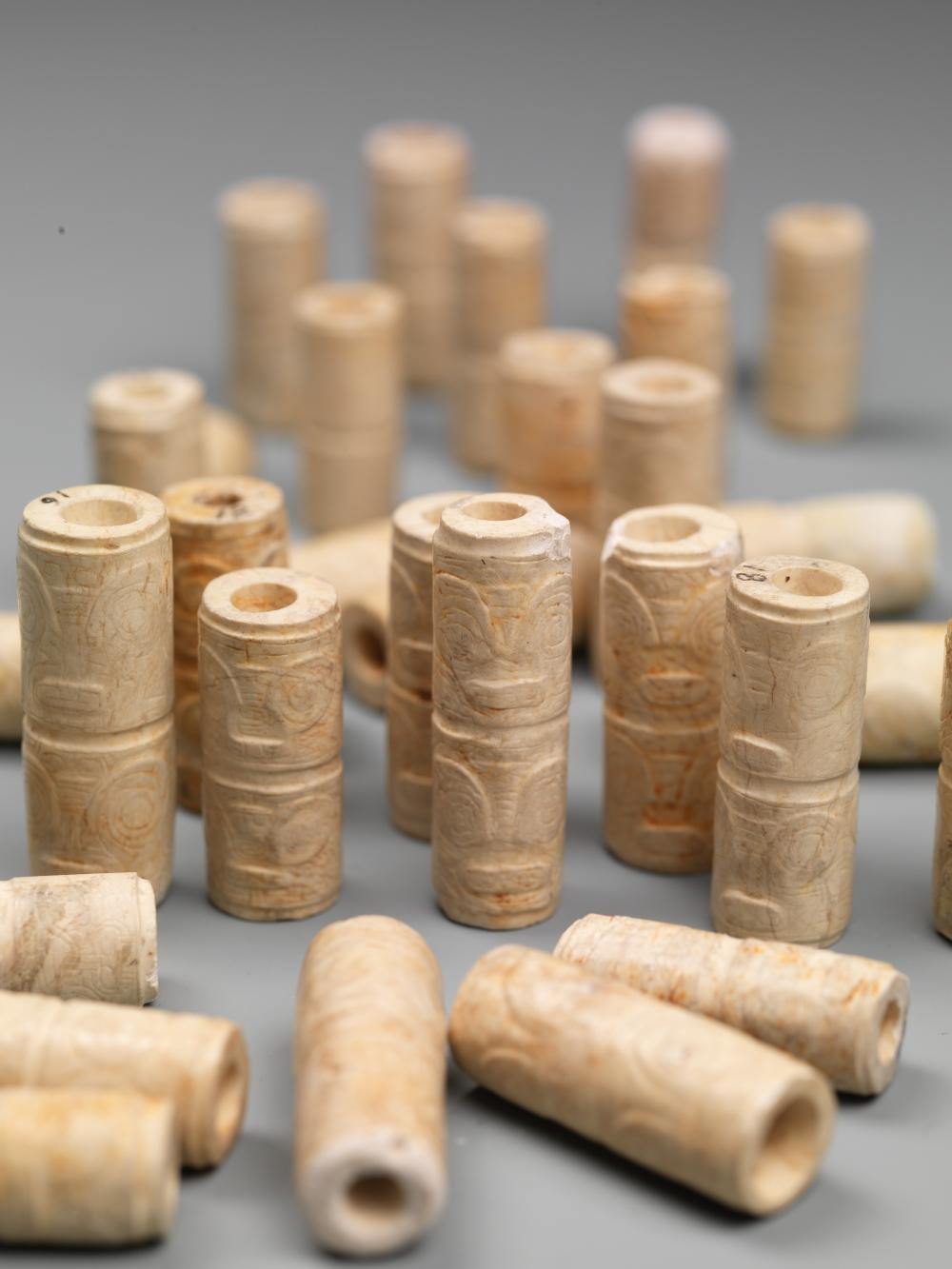
(Executive Editor: Liu LIU)